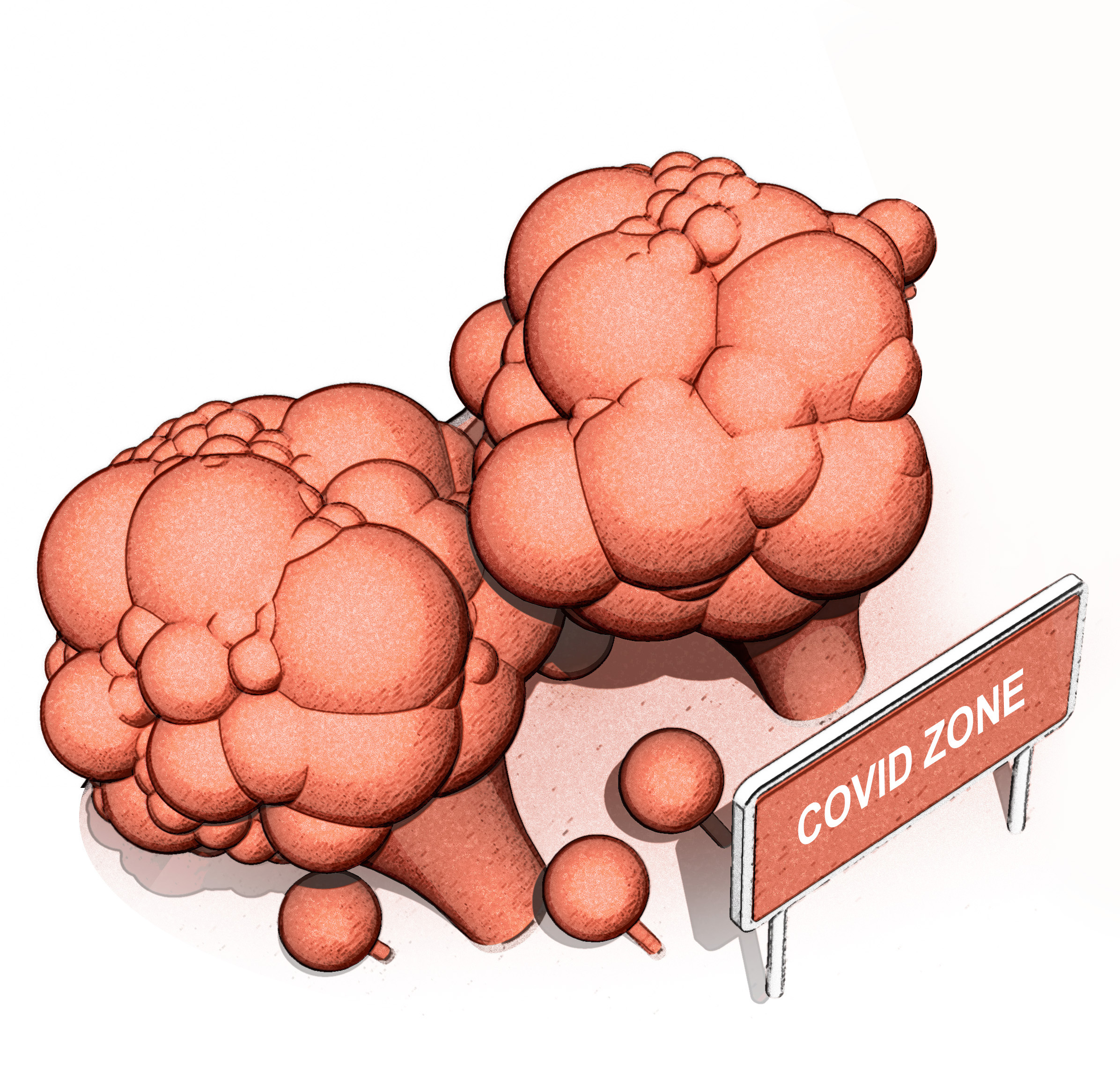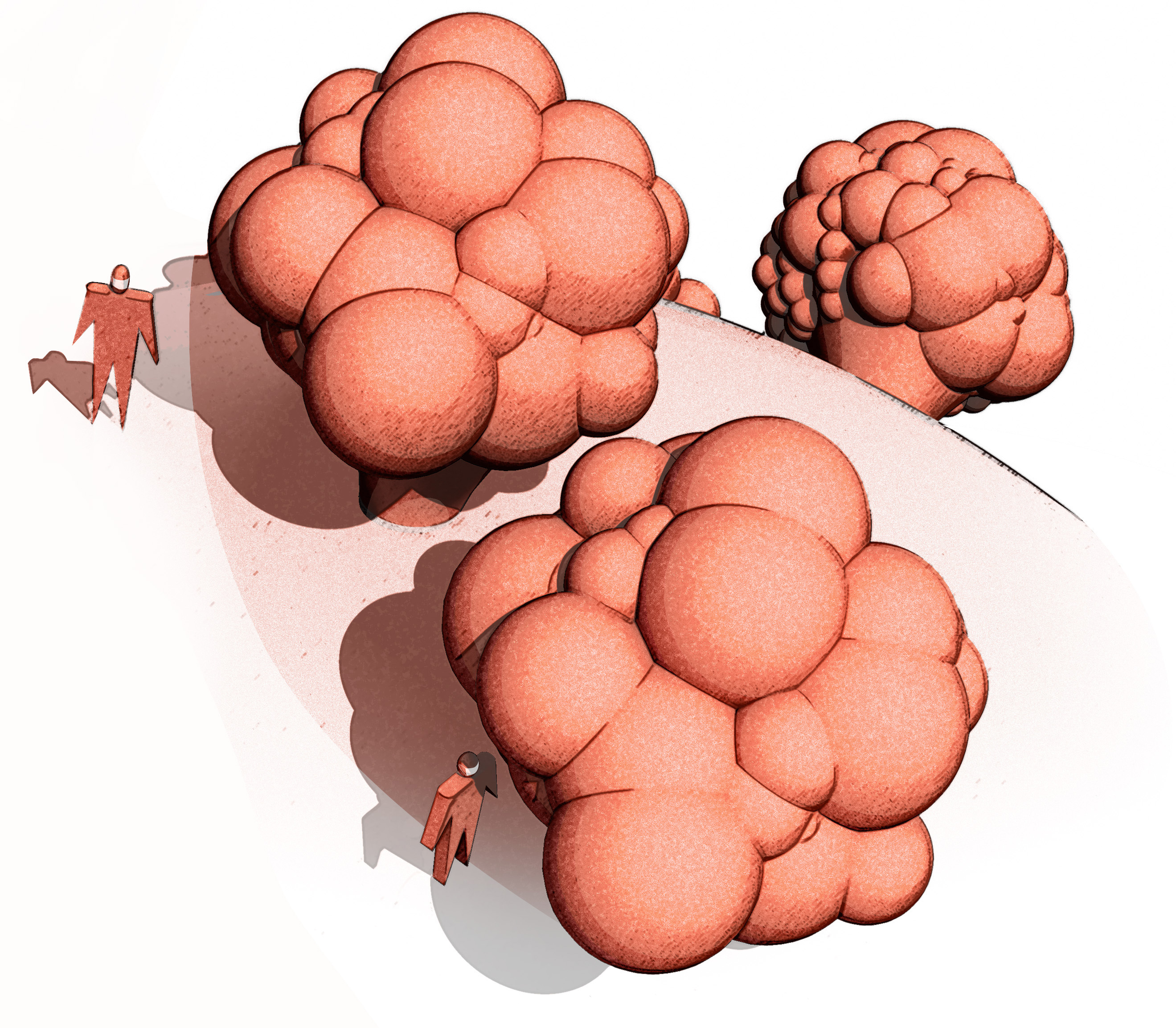The uncertain road to a post-pandemic California
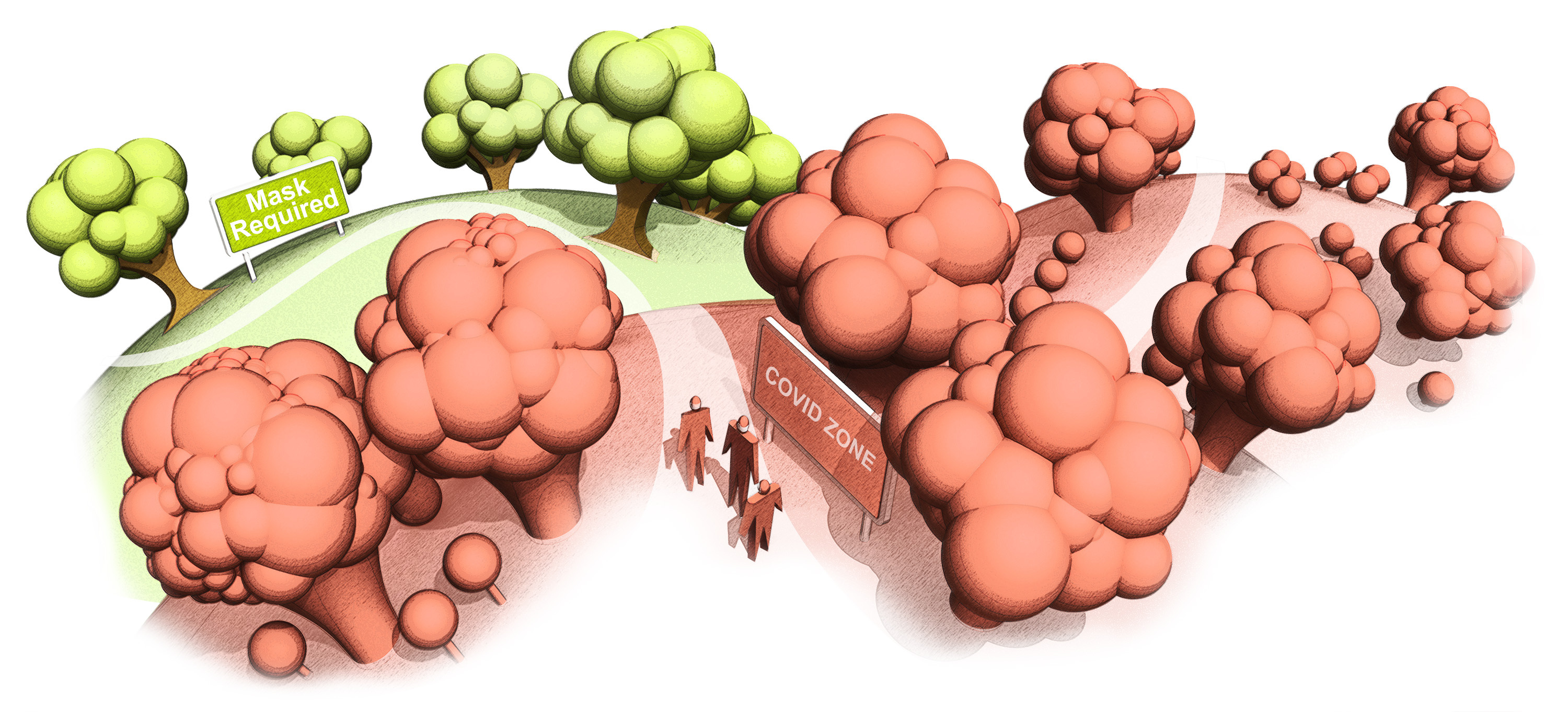
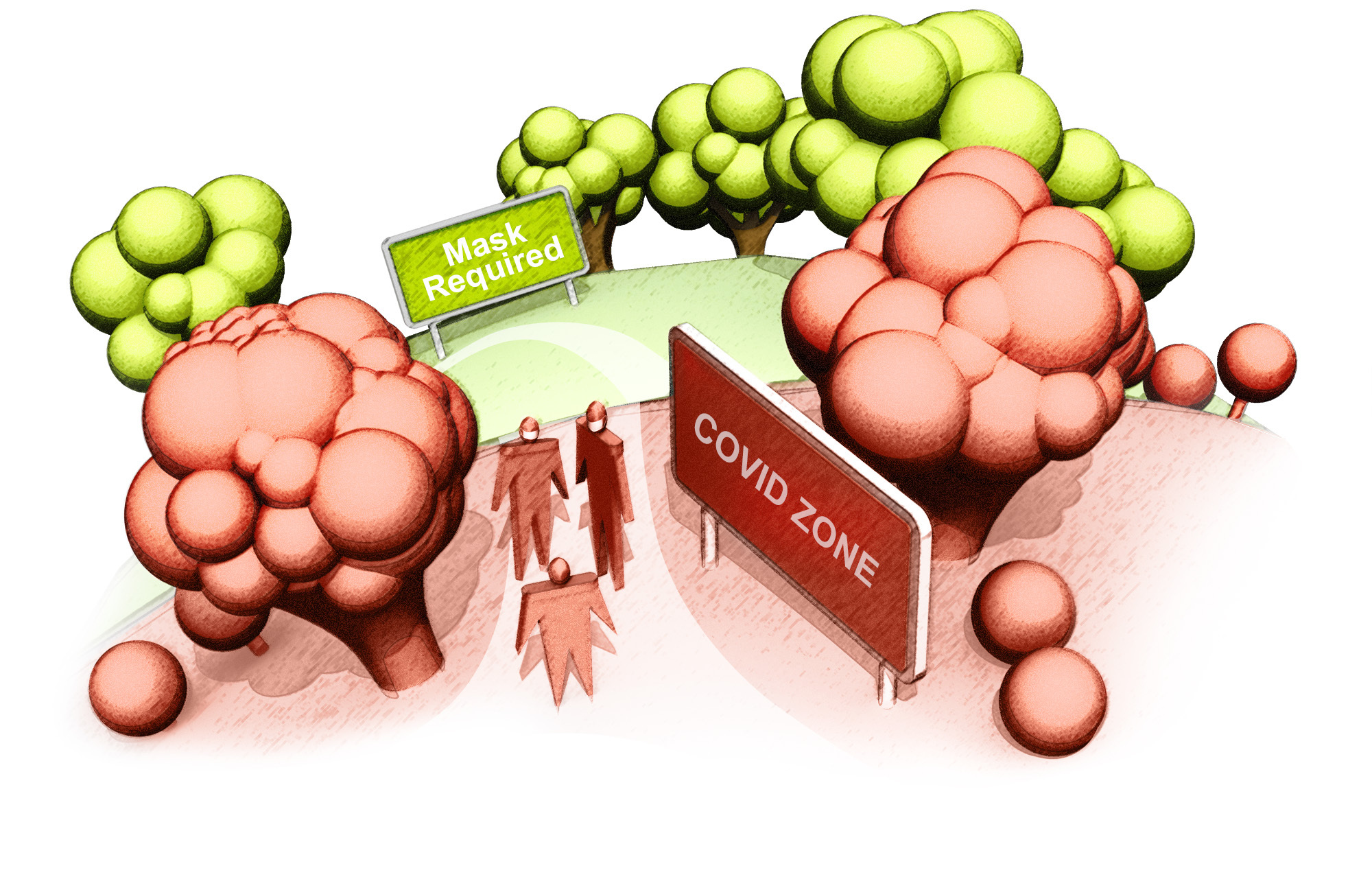
While California is making significant progress in the fight against the coronavirus, the state still has a long way to go before returning to life as it was before the pandemic hit.
The ongoing vaccine rollout has raised hopes for some semblance of normalcy in the near future. But experts caution that the pandemic may continue for months and the virus may never fully be eradicated.
Here's why vaccines alone won't be enough to end the threat any time soon.
Vaccines can't do it all
Federal regulators have granted emergency use authorization for three COVID-19 vaccines because, in clinical trials, they've greatly reduced the risk of illness, hospitalizations and deaths. However, it is unknown whether the vaccines prevented people from becoming infected with the coronavirus or, if infected, from spreading it.
"Strictly speaking, no one believes the vaccine doesn't stop transmission to some extent," said Dr. Kirsten Bibbins-Domingo, chair of the epidemiology and biostatistics department at UC San Francisco's School of Medicine. "We just don't know the extent."
Here's our current understanding of how COVID-19 vaccines could interrupt the chain of transmission and hasten the end of the outbreak:
Take a hypothetical network of

Ideally,
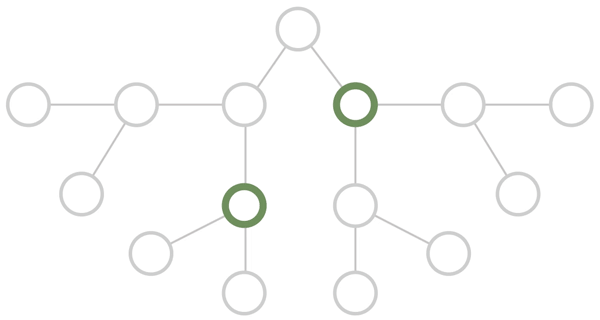
What the COVID-19 vaccines do is likely something in between. That means some people can end up
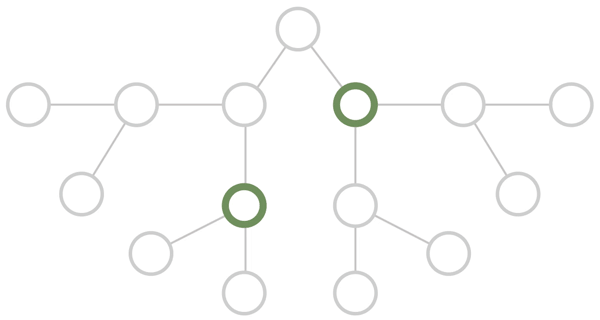
Experts are watching carefully to see how well the vaccines contain the spread of the virus, especially as new variants emerge that are more contagious or are less susceptible to the first generation of shots.
Until now, the vaccine rollout hasn't targeted spreaders
Regardless of how the vaccines fare at stopping viral transmission, one thing is clear: They are highly effective at preventing the most severe cases of COVID-19. That's why health officials in California have largely prioritized giving doses to people who are most at risk of becoming sick enough to require hospital care.
The state's initial strategy was to minimize death, not reduce transmission, Bibbins-Domingo said. "We want to make sure your grandmother doesn't die."
It was a philosophy shared by many other states. However, in a shift, California officials announced in early March they would reserve 40% of vaccine doses for people in the hardest-hit communities — an attempt to deliver more vaccines to the people most likely to spread the virus.
To compare the different vaccination strategies, let's take a look at another network, this time centered around a person who is less likely to die from the virus but more likely to spread it — a young essential worker, for example. By doing her job, she could ultimately pass the virus to people who are vulnerable to severe cases of COVID-19, like the elderly or people with underlying health conditions.
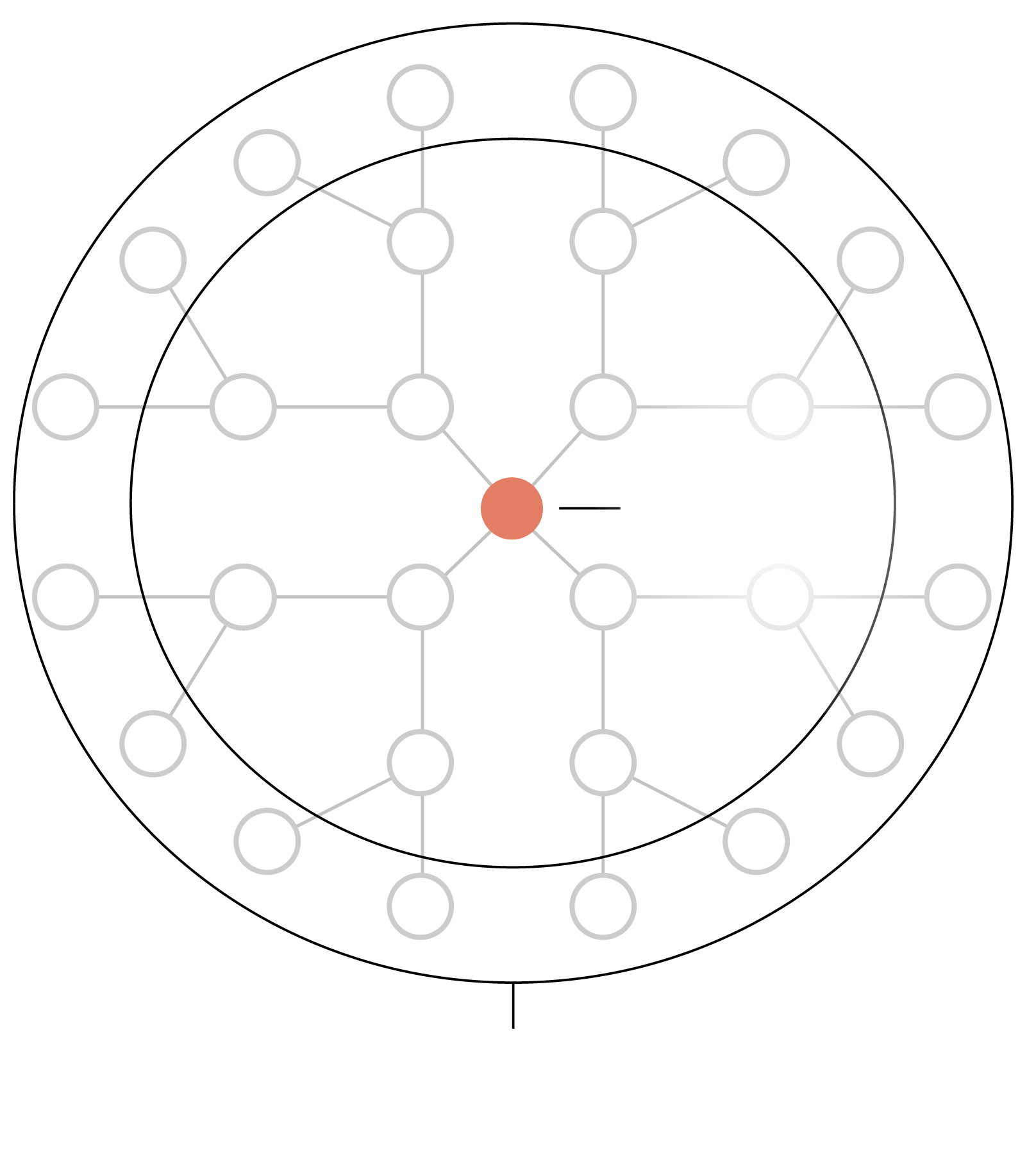
Most likely to spread the virus
Most vulnerable population
Without vaccines,
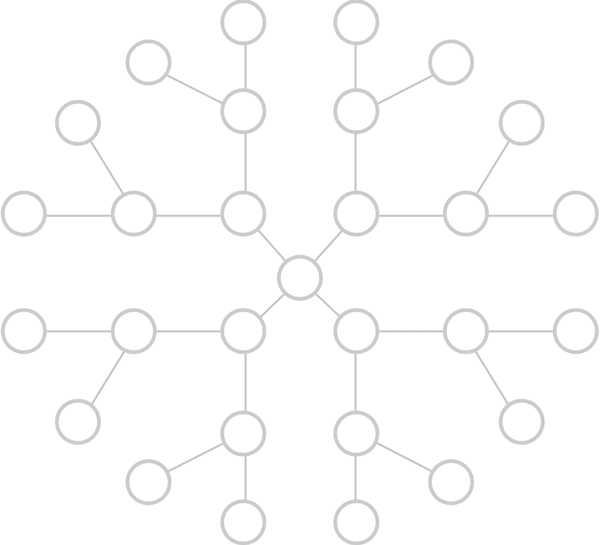
California's
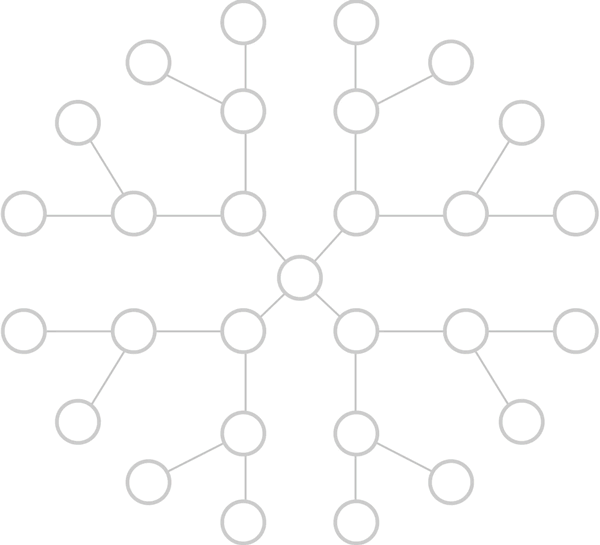
The state's latest plan is to target those most likely to transmit the virus. The result could be fewer infections overall. However, this could leave some of the most vulnerable people unprotected for a period of time.
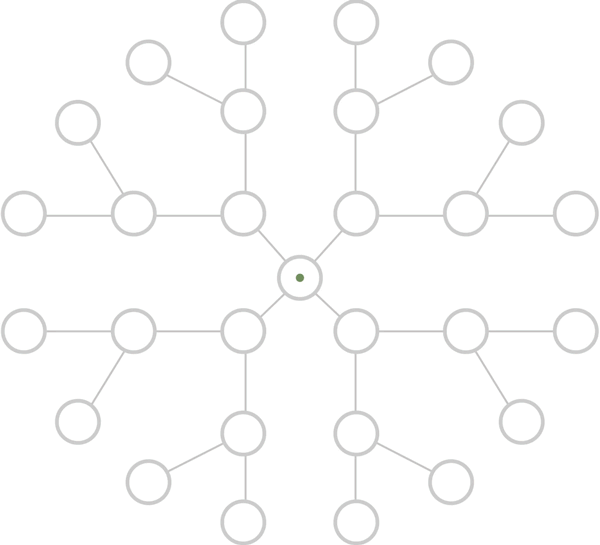
If the approach is successful, it could undo trends seen in Los Angeles County, where some of the most infected neighborhoods are lagging in vaccination rates.
The ultimate goal of the rollout is to reach something approaching herd immunity, the point at which so many people are protected from infection that the virus is unable to keep spreading.
While numbers are improving, there's still a ways to go
Scientists say that if they see steep declines in
Reducing hospitalizations and deaths will lessen the pandemic's toll. But the true indicator of whether the outbreak is under control is the number of new
Over the course of the pandemic, transmission has been slowed by simple measures such as wearing face masks and larger efforts like shutdowns of nonessential businesses. Vaccines are now helping to reduce the spread as well. However, the threat of continued transmission will remain if too few people become vaccinated, or if new coronavirus variants are able to sicken people who have received their shots.
Even if the most threatening variants continue to spread, experts believe the vaccines will still reduce the risk of severe illness.
We don't know how many people are already protected from virus
Vaccines aren't our only protection against another surge. People who have been infected and recovered have some degree of immunity as well.
Epidemiologists at L.A. County's Department of Health Services estimate that nearly four in 10 people here have already contracted the virus, though some of them may not realize it. If that estimate is correct, nearly 4 million people in the county could have some level of immunity to the virus, far more than the number of people who have had infections confirmed with coronavirus tests.

1.2 million confirmed cases
2.6 million
unreported cases (estimated)
6.2 million not infected
It's unknown exactly how much protection people get from a a past infection, and the amount certainly varies from person to person. But experts agree that there is at least a layer of protection.
Vaccines will only add to that. So far, about 10% of the county has received at least one dose.

=
1.6 million people vaccinated
But it's unclear how many of those doses have gone to people who were previously infected.

In the best-case scenario, where vaccines have gone only to people without immunity from a past infection, nearly half of L.A. County residents would now have some immunity to the virus. But this is unlikely to be the case.

Some protection
Protected
No protection
16%
46%
Regardless of the state's efforts, the virus may never entirely leave
When the pandemic will end is tough to forecast. The timing will depend on the effectiveness of the vaccines, people's willingness to take them and the risk presented by new viral variants.
Experts say it's likely that COVID-19 will become an endemic disease and continue to circulate at low levels, like influenza. Case counts may spike now and again, but hospitals would not be overwhelmed.
"We're hoping it'll be very rare when someone becomes sick with it," said Paul Simon, chief science officer for the L.A. County Department of Public Health. "That's our goal."
In the short-term, mask wearing and social distancing will be needed, but shutdowns may get peeled back. After that, a vaccinated population can fight off the worst of the disease.
